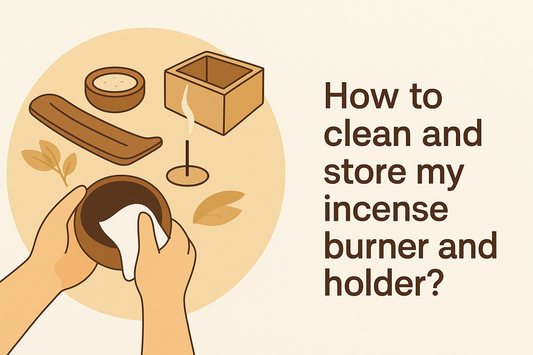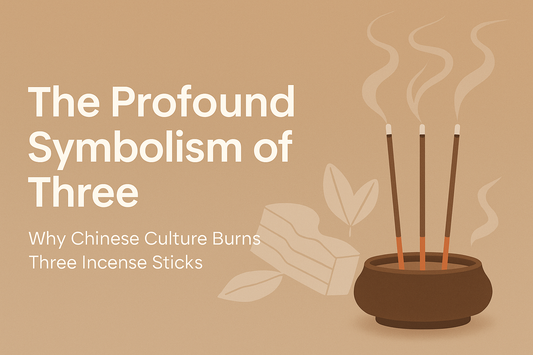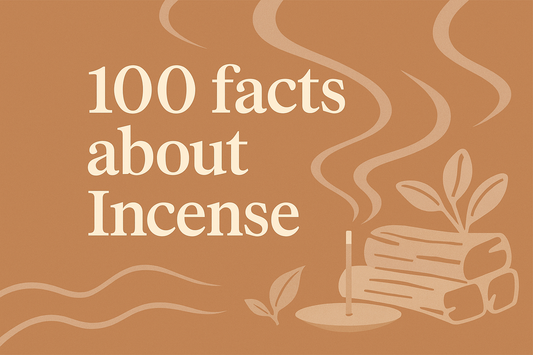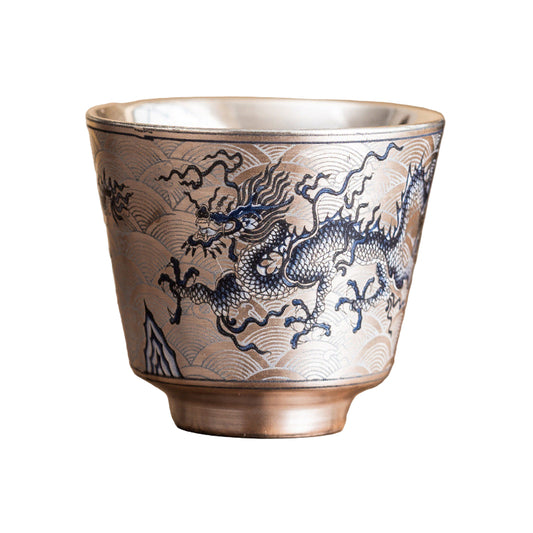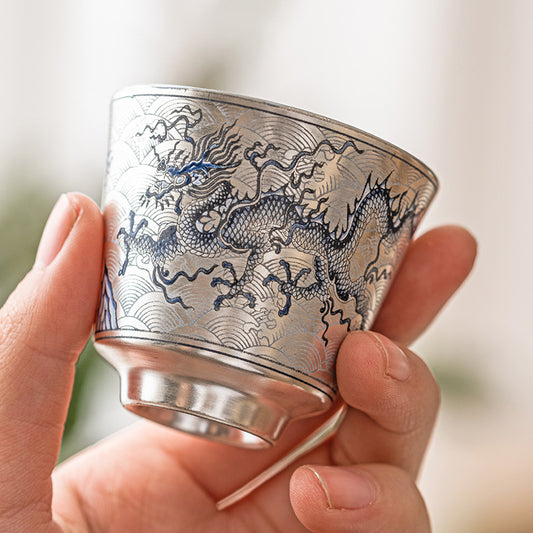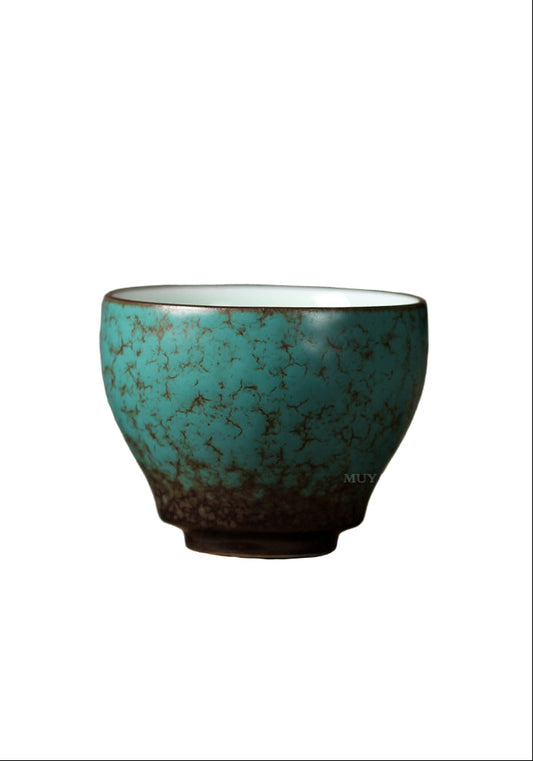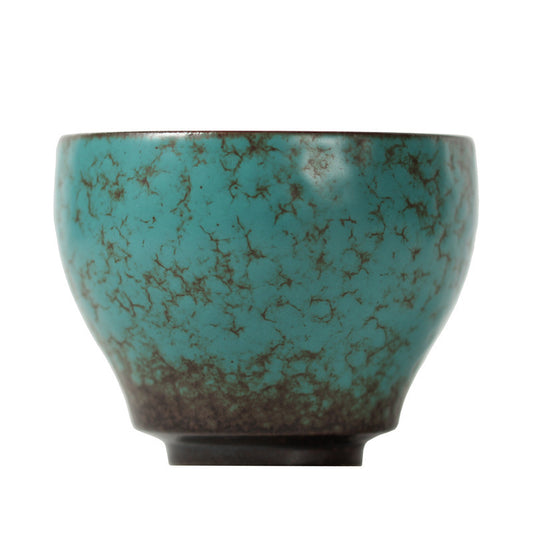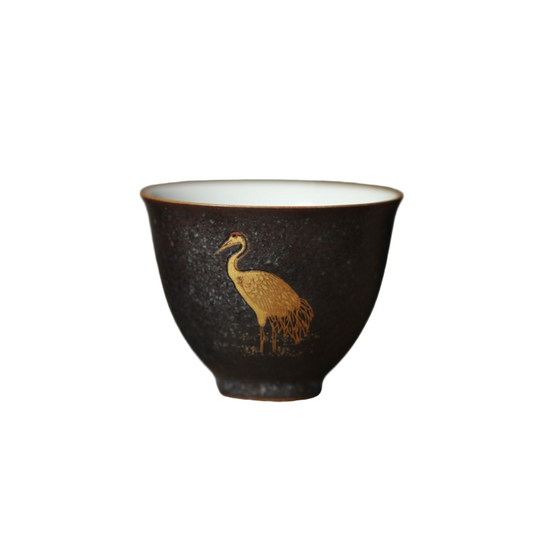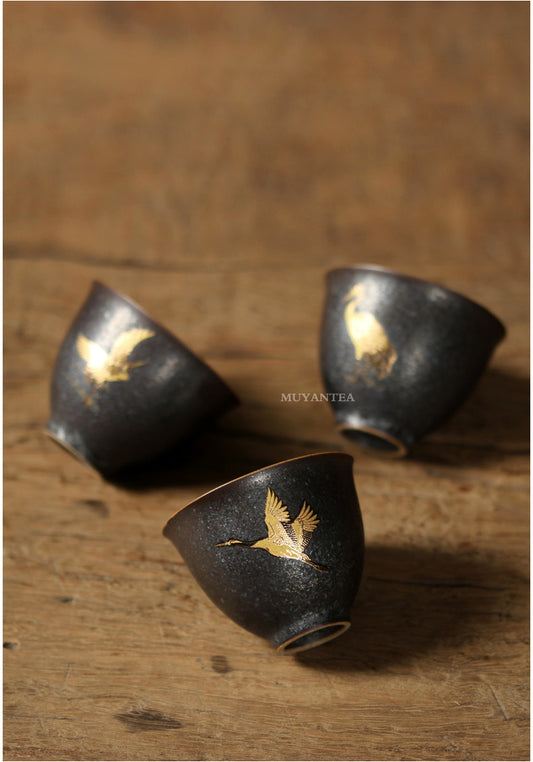
Beyond Smoke: Rediscovering the Essence of Kōdō in a Modern World
Beyond Smoke: Rediscovering the Essence of Kōdō in a Modern World
We burn incense often. For calm. For mood. For ritual. But how many of us truly listen to the fragrance?
By Monian Editorial Team
What Is Kōdō, Really?
In the traditional Japanese art of Kōdō—often translated as “the Way of Incense”—the goal is not just to smell but to perceive. It is less about fragrance, and more about presence. Less about aroma, more about awareness. As noted by Cambridge research, this art “serves as spiritual training through specific practices.”
Historical & Cultural Roots
Incense reached Japan in the 6th century via Buddhism. By the Heian era, kōdō was woven into court poetry and cultural rituals under aristocratic patronage.
Three Misunderstandings of Modern Incense Use
- Misunderstanding 1: It’s just fragrance
- Misunderstanding 2: Expensive = better
- Misunderstanding 3: Only for show or religion
True kōdō shows that method reveals depth: scent emerges through mindful ritual, not through superficial use.
Artifacts That Tell a Story
From lacquer kōgō plum blossom boxes to Edo-period burners, kōdō utensils embody cultural aesthetics and craftsmanship passed down across generations.
Modern Kōdō: Bringing It Back
Modern kōdō encourages presence and sensory clarity—it "calms the mind, sharpens the senses, and uplifts the spirit." Begin at home with mindful lighting of natural woods like Vietnamese agarwood or Mysore sandalwood.
FAQs
Is Kōdō a religious practice?
It has Buddhist roots, but today is practiced as a cultural, sensory art—not a religious rite.
Do I need special tools?
Tools enrich the experience but the essence lies in intention and mindful awareness.
What incense is used?
Pure woods like kyara (agarwood) and byakudan (sandalwood)—no added oils.



